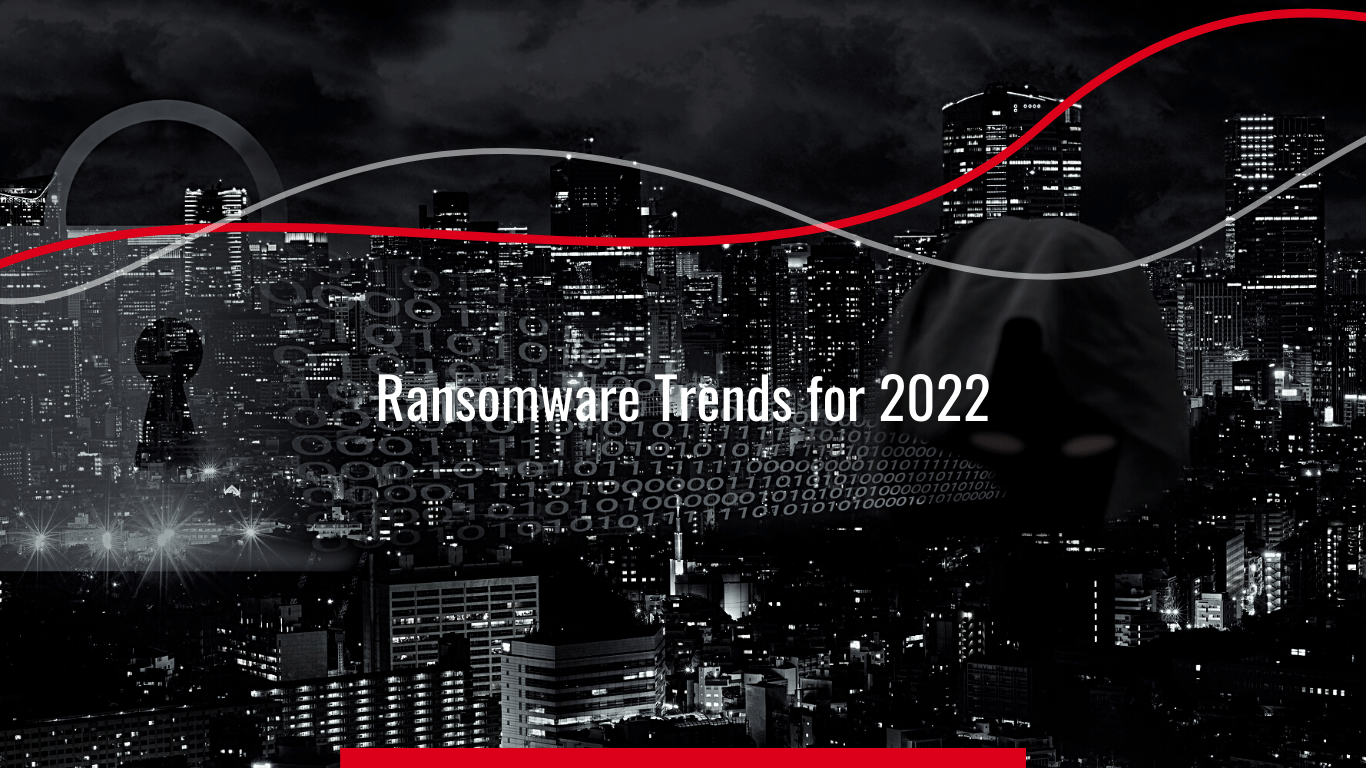CFO's Role in Cybersecurity
CFOs are often tasked with keeping an eye on the bottom line and ensuring that the company is operating efficiently. But when it comes to cybersecurity, this can be a challenge.
 Ransomware is a form of malicious software that blocks access to a computer system or data until a ransom is paid.
Ransomware is a form of malicious software that blocks access to a computer system or data until a ransom is paid.
As technology changes from day to day, ransomware has become one of the biggest threats to businesses and individuals worldwide. While large companies are still a target, small enterprises and individuals are not exempted.
In 2021, Cloudwards published a report on Ransomware Trends discovering that 36% of enterprises were affected by ransomware attacks. Only 33% of those companies paid the ransom and were able to recover 66% of their files, discovering that 36% of enterprises were affected by ransomware attacks. The European Union Agency for Cybersecurity observed a 150% rise in ransomware attacks in 2021 and expects that trend to continue into 2022.
In this article, we will explore the trends in ransomware attacks in 2022.
In a recent article, Forbes senior contributor Edward Segal asked cybersecurity experts what they thought would happen in 2022. The following are predictions from the industry experts.
James Carder, Chief Security Officer at LogRhythm, predicts. "Ransomware will halt the supply chain of a major vaccine manufacturer. The supply chain brute attack became widespread because a whole database of a supply chain enterprise can be high jacked if a database segment experiences seizure from the Internet evil beasts (threat operators).
Meanwhile, Aviral Verma from CSW believes "API innovations" will be used by cyber criminals as an avenue for attacking unsuspecting users: "Specifically, APIs serve big goals in transferring huge files from one system to another. Therefore, hackers will make APIs their target through suboptimal coding, leaving the APIs vulnerable to easy attacks on innocent people."
Steve Stobo, Director at Cyber Consultancy Services Limited, predicts that attackers will not relent from launching attacks on third-party suppliers as they have smaller IT budgets and weaker security. Many businesses still rely on questionnaires to ask a supplier how secure they are, the information they get back is aspirational at best and downright false at worst leading to a false sense of security.
When the backups of companies are subjected to inactive mode encryption, there are no other steps for involved companies than to pay ransom to retrieve their documents from the attacker's custody. Standard data protection may cause vulnerability to the company's data which malicious attackers are unaware of. Suppose the company's database is attacked, and the company has rest to gain access to the stolen data through its backup, but the traitors do unintended hacking on the backup. In that case, the company is now under a compulsion to make a ransom payment. (Jim McGann: DataVersity, 2022). It is time to few attacks out of coming ones.
Armen Najarian, Chief Identity Officer at Outseer, a company in Silicon Valley that's focused on stopping payment fraud, says."In 2022, socially engineered scams will become even more lifelike. We've seen scammers get increasingly adept at impersonating C-level executives, colleagues, friends and family members. Their timing and writing style are improving dramatically, to the point where even sophisticated security industry experts can be fooled."
As these fraudsters continue to improve their ability to impersonate and mimic real people, it will get harder and harder for people to tell what's legitimate and what's a ruse.
“The shift to remote work has moved from a temporary measure to help curb the spread of the virus to a more permanent strategy for many businesses,” said Michael Gorelik, threat officer and head of threat intelligence at breach prevention firm Morphisec. “With more attackers entering the market with malware-as-a-service campaigns, bad actors will continue to target the essential tools every distributed workforce is using. These include virtual private networks and their providers, which have a weak self-security posture, exposed servers, and exchange email services and web applications. Attackers will continue to exploit these servers and services or brute force them due to their inefficient hardening practices.”
Ransomware attacks are here to stay. The threat landscape is likely to continue growing in complexity and volume for the foreseeable future, meaning cyber security professionals will have their hands full with this one for years. Even so, a combination of planning and advanced monitoring can reduce the probability of an attack succeeding. As long as we know what to look out for, there's no reason we can't keep our companies safe from ransomware attacks in 2022 and beyond.